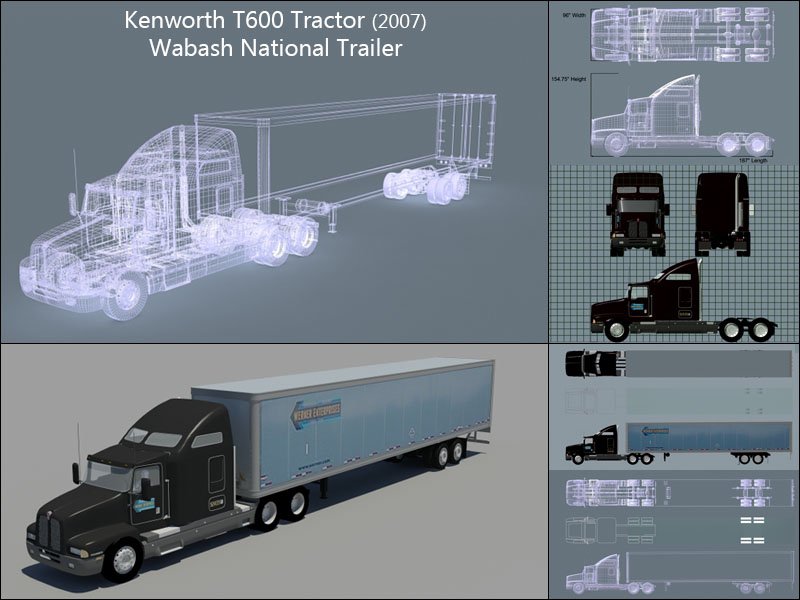
3D Animation & Graphics
Engaging Substantive Evidence
Our animations and graphics are prepared to an exacting standard. Working with in house or contracted subject matter experts (SMEs), our work is consistently used as admissible evidence and during pre-trial discovery. When used correctly, forensic animation can be a highly persuasive tool. Principal Animation has the ability to accurately recreate events, visualize complex scenes and scenarios, test theories, and challenge eyewitness perspectives. Our work has been used in local, state, and federal court, in both criminal and civil matters.Cases include: officer involved shootings, murder, capital murder, attempted murder, self defense, vehicular homicide, patent infringement, construction defect, property disputes, medical negligence and medical malpractice.
Visual Communication
Intelligible Presentations
For over 15 years, Principal Animation has captured audiences with cutting edge visual media. The design of a presentation has a major impact on whether or not an audience truly understands a concept or case. Whether it be an argument to a jury or the visualization of an invention, we strive to create media that communicates your vision.As technology and media become more pervasive in society, the use of clear and engaging visual aids will be expected. Sometimes keeping things simple is the desired strategy. But, when your vision needs to capture the attention of an audience, we can deliver. Principal Animation pushes the limits of imagination, creating unforgettable graphics that stay with an audience to the end.
Media Gallery
Sample Work
Medical Animation Reel
This reel features three medical animations. (0-1:35) describes the basic function of an eye and how two patented medications work together during surgery. (1:35-2:50) explains a condition called slipped capital femoral epiphysis, then documents three separate procedures performed on a patient. The animation was used to educate jury members and support expert testimony. (2:50–4:50) covers fetal heart rate monitoring and umbilical cord compression. This negligence case centered on an unborn child who suffered permanent brain damage from oxygen deprivation.
Forensic Animation Process
This forensic animation reel details the various services offered by Principal Animation. These include: officer involved shootings, complex crime scene and evidence modeling, trajectory analysis, photo mapping, eyewitness perspectives, blood spatter, and autopsy reconstruction. Experts in each field were consulted during the reconstruction process, both in and out of house.
Accurate 3D Models
Tens of thousands of motorists are killed and many more injured every year in motor vehicle accidents. From faulty road design to accidents involving commercial vehicles, we prepare physically accurate models to help explain each unique case.
Forensic Animation Reel
This forensic animation reel details the various services offered by Principal Animation. These include: officer involved shootings, complex crime scene and evidence modeling, trajectory analysis, photo mapping, eyewitness perspectives, blood spatter, and autopsy reconstruction. Experts in each field were consulted during the reconstruction process, both in and out of house.
Medical Imagery
Medical imaging is a vital element of the healthcare world. Diagnostic scans such as an MRI, X-ray, ultrasound, or CT are essential tools for physicians to assist with diagnostics and treatment. These images also play a vital role in the courtroom and jury education. We can create high quality graphics and supplemental 3d models and animations to help explain your case. These images were produced in consultation with medical professionals.
Software Patent Animation
The purpose of this animation was to visually explain an IT software process called distributed data storage. It was developed for the initial patent application and presented to investors.

Visual Communication
Forensic Animation
Principal Animation's founder and nationally qualified expert witness, Jim Tavernetti, has over 20 years of experience in computer graphics & multimedia technology. Mr. Tavernetti has testified and successfully defended the accuracy of his work in numerous cases, e.g., capital murder, medical malpractice, attempted murder, self-defense, patent infringement, manslaughter, and construction defect. All animations & graphics are prepared to withstand the scrutiny of judges, attorneys, and juries alike. He carefully examines discovery files, and deliberates with council during each stage of the judicial process. With a full understanding of the issues at hand, he presents material in a simple, engaging and credible format.
Not going to trial? The forensic animation process translates seamlessly into other industries. Principal Animation has produced a diverse media portfolio based on our client’s unique needs, e.g., patent design, education, concept visualization, digital media consulting and training.
-
Mr. Tavernetti is a lifelong learner and educator, serving 13 years as a Computer Modeling & Animation Professor, and holds a BFA in electronic media and an MBA in educational leadership. His background in education and experience in the courtroom translated successfully into other industries, most notably in his current consulting and management role at Technical Training Professionals. Brought on in 2013, he facilitated and managed the 3d animation pipeline, producing over 100 hours of detailed content. “TTP specializes in Visual Presentation of Technical Information, producing state-of-the-art training materials for the utility and manufacturing industries”.
-
As our society becomes increasingly saturated with technology, jurors will expect the use of more complex and accurate visual aids in the courtroom. Jurors, especially of the younger generation, have come to count on visual media to augment their understanding of a topic.
Eyewitness perspectives, cognitive memory, and perception of events and time are subject to intense examination by attorneys. Experienced lawyers are adept at using rhetoric and verbal manipulation to produce doubt about a witnesses credibility. Without the use of visual aids, many participants feel lost in the unfamiliar process of courtroom proceedings. Most witnesses are not prepared to counter highly trained cross-examination tactics. Once an accurate and compelling visual is presented, this edge diminishes significantly. Properly prepared visuals can give a witness more control, which is why animations are so vigorously attacked by opposing counsel. Most media outlets have already adopted the use of computer animation to present visual concepts, and it is only a matter of time before the technology gains wide acceptance in the legal profession.
To successfully use forensic animation, think of the technology as an evolution of the chalkboard. To an experienced practitioner, the process is not complex. A forensic animator presents visuals based on documented evidence and expert consultation. The particulars of a case determine the type of expert needed, but one should be utilized. Flashy camera moves and undocumented assets jeopardize an animations admissibility. Nothing should be presented without a solid foundation. In fact, the majority of a forensic animator’s time is spent documenting process and foundation. A forensic animator only needs to be an expert in the software used, and must be able to demonstrate the accuracy of the animation both in space (dimensions) and time (frames). At trial, a forensic animator should not have an opinion on what actually occurred, only that an event is possible in space and time.
For the purpose of admissibility, a final consideration is to not confuse computer animation with computer simulations. Computer simulations are different in that they present the computer calculations as the expert, not the user. The results of a computer process are presented as the opinion. These cases are extremely problematic and should be avoided at all costs. It is impossible, unless you own extremely sophisticated and expensive software, to input all the possible physical properties of objects and interactions that take place in space and time. NASA and the military have shown that even these sophisticated algorithms are subject to fail.
To get the most out of a forensic animation investment, hire someone who is both experienced in 3D software and trained in classical animation. This may seem unimportant, but classically trained animators are adept at making any objects movement look “real”. If movement looks real to jurors, it will be perceived as such. The human eye can perceive the slightest error in locomotion. Classically trained animators understand how objects move through space and time, and more importantly, how the human eye interprets these motions. It is the precise interpretation of events, realism and accuracy that make a great forensic animation. It does not make sense to spend thousands of dollars recreating a scene only to have someone walking around like a robot.
When used correctly, forensic animation can be a highly persuasive tool. It is currently available and affordable to the masses. As with any new technological investment, be sure to thoroughly research the options available. Looking into the future, courtroom technology is headed quickly on a path toward full event immersion. The ability to immerse jurors in any situation will complete our theoretical evolution of the chalkboard and allow participants to experience firsthand any event or perspective.





